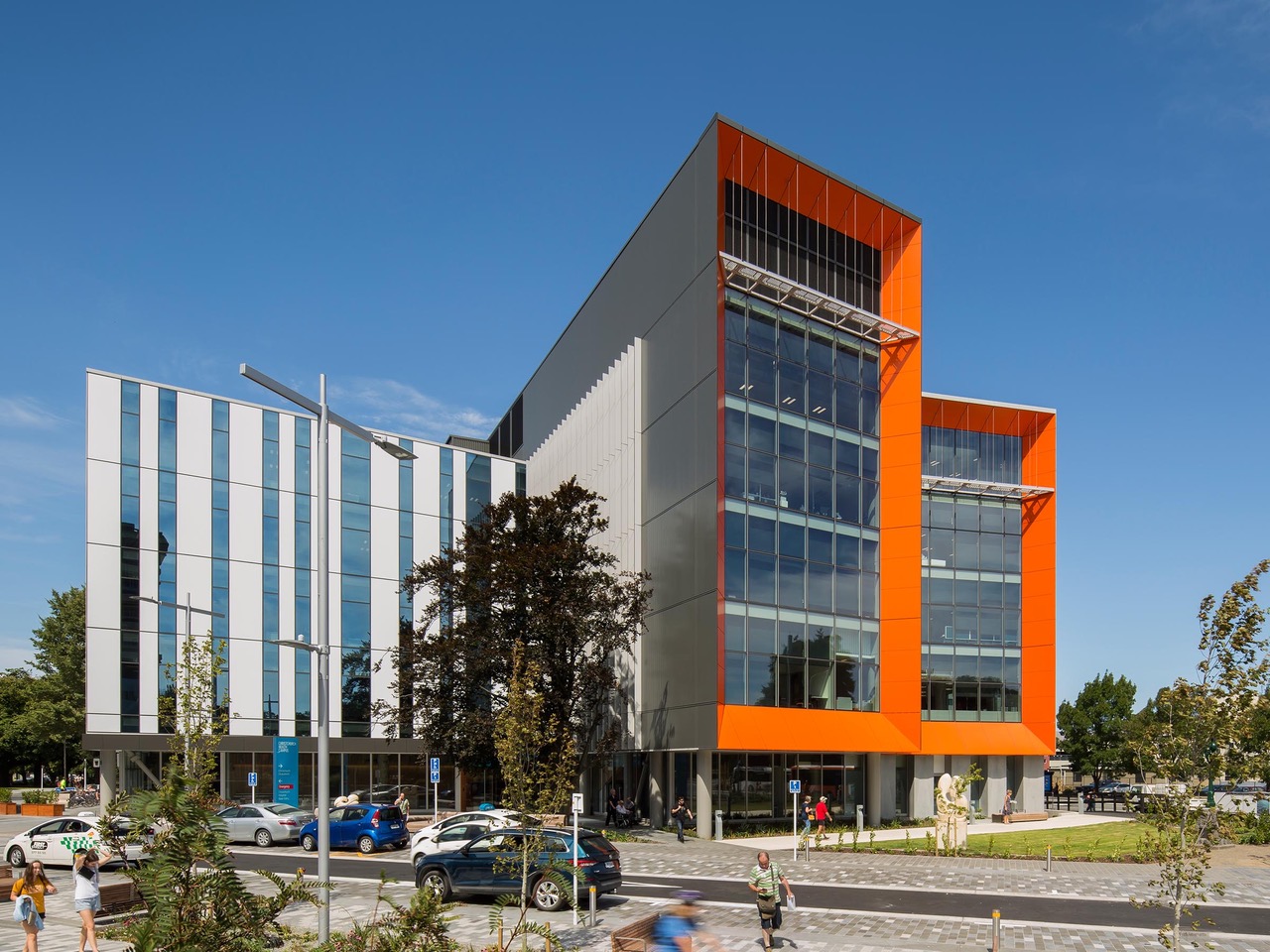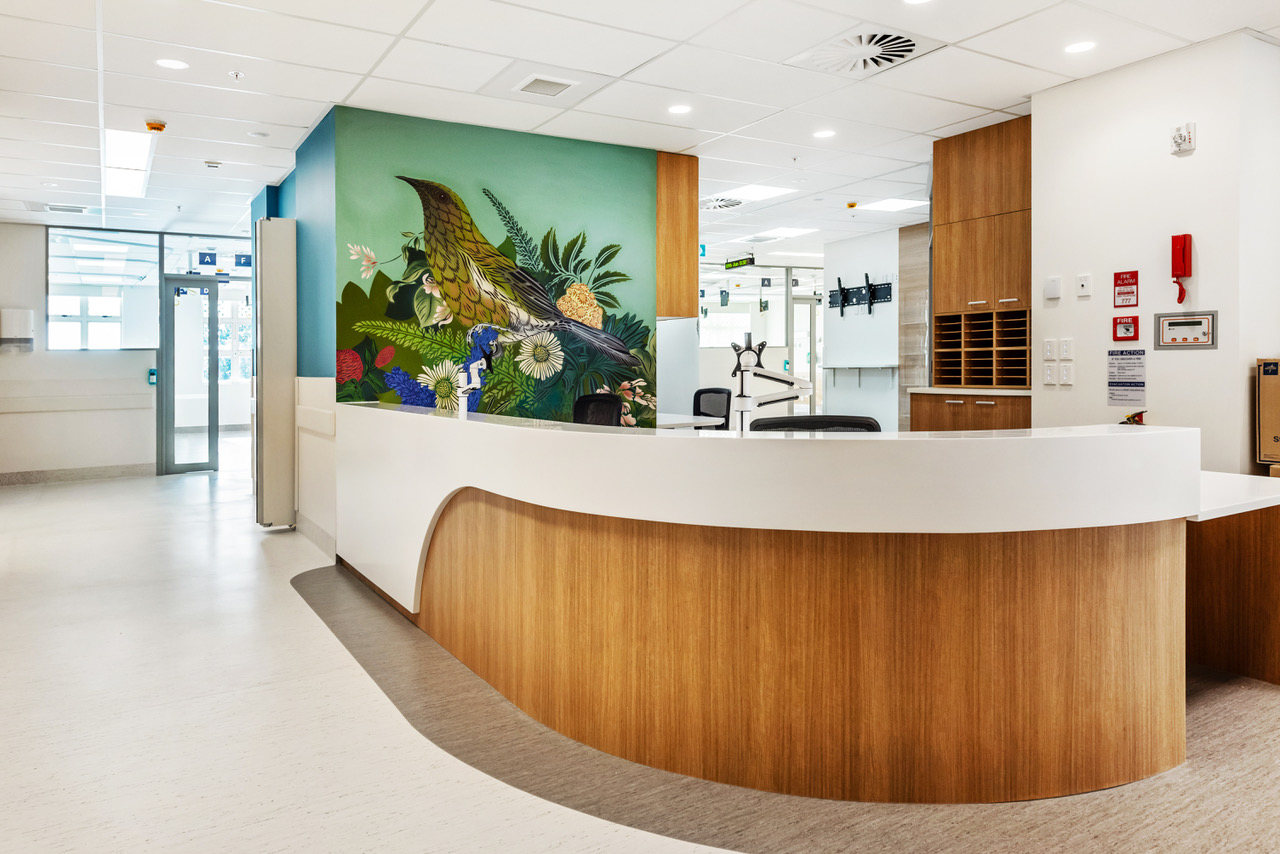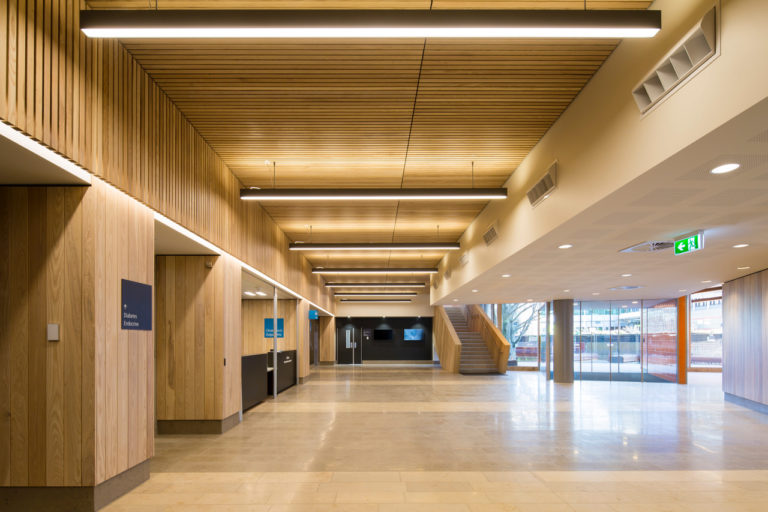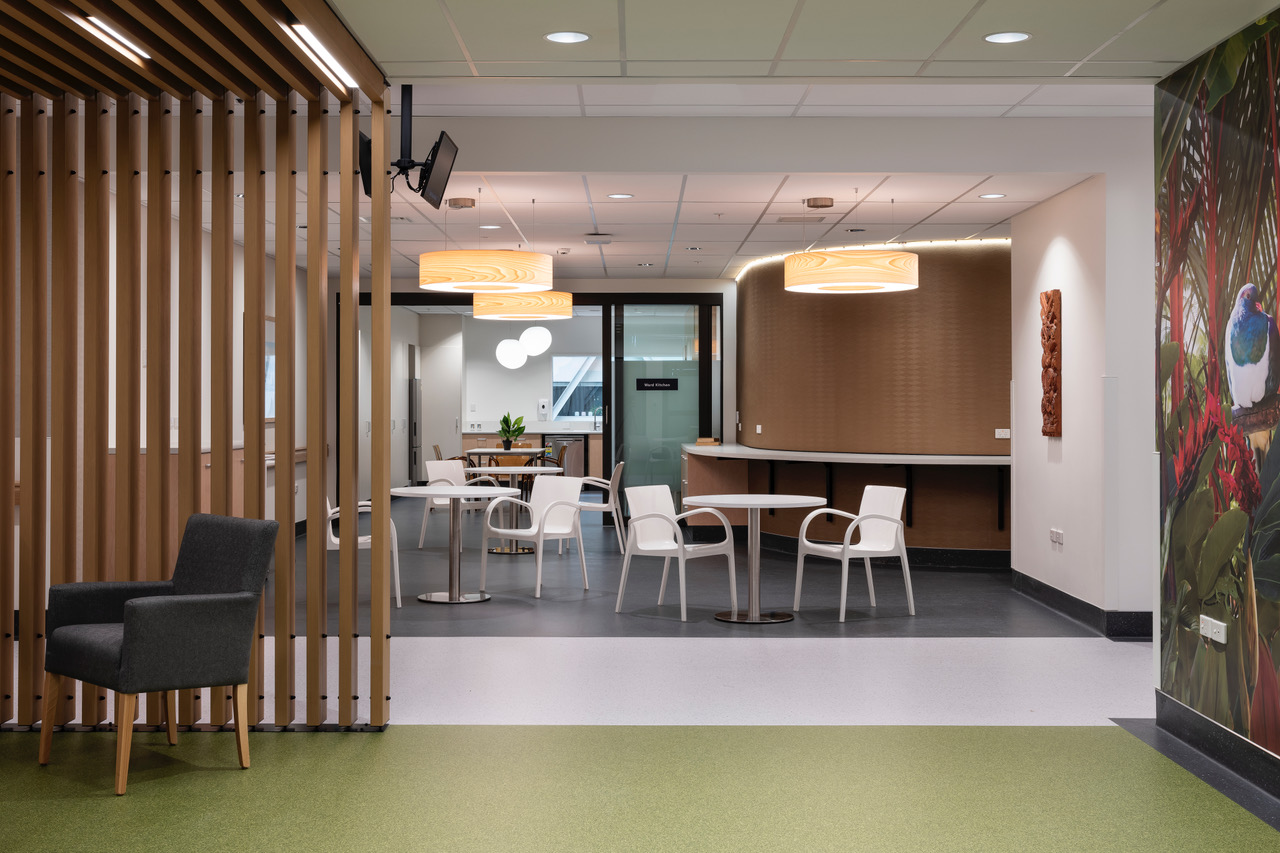
When you walk into a hospital, open a health app, or sit in a waiting room, you might not think much about how those spaces or tools were created. But behind the scenes, there’s a lot of thought that goes into making sure they are helpful, easy to use, and welcoming. That’s where health design comes in.
In New Zealand, health design is becoming more important than ever. It helps shape the places we go for care, the tools we use to manage our health, and how we connect with services—whether we live in the city or out in the country.
In this post, we’ll look at what health design means in a New Zealand context, why it matters, and how it’s already making a difference in people’s lives.
Health design is all about creating things—like hospitals, digital tools, posters, and services—that make it easier for people to stay well or get better when they’re unwell. It’s used in lots of different places, including:
Good health design makes sure these places and tools are easy to use, welcoming, and actually meet the needs of the people who use them.
New Zealand is a country with diverse communities and unique health needs. Our health system includes services for Māori, Pasifika, rural whānau, urban areas, and people from all walks of life. This makes good design even more important—because if a service isn’t designed properly, people might avoid using it or struggle to understand it.
Health design in New Zealand helps by:
Here are some real ways health design is used across Aotearoa:
In New Zealand, health design often works closely with Māori principles. For example, many hospitals and clinics now include Māori artwork, language, and spaces for whānau support. This isn’t just decoration—it’s about making people feel respected and welcome.
What this enables: Māori and other communities feel more connected and supported in healthcare settings.
The benefit: Better patient trust and engagement, and services that match the needs of different cultures.
Some hospitals in NZ are being redesigned to reduce stress for patients and staff. This includes things like clearer signs in multiple languages, more natural light, quieter waiting rooms, and better pathways between services.
Example: Taranaki Base Hospital's redevelopment includes input from community voices to improve the flow and feeling of the hospital.
What this enables: Easier navigation and less waiting around.
The benefit: Faster care, calmer patients, and happier staff.
Many Kiwis live far from big cities. Health design helps by creating apps and online tools that work well even on slower internet connections and are simple enough for all ages.
Example: Tools like ManageMyHealth or Ka Ora allow people to book GP appointments, check test results, or get advice online—without needing to leave the farm or drive hours to the clinic.
What this enables: Rural people can access care from their own home.
The benefit: Fewer delays in getting help, and better health in rural communities.
During COVID-19, New Zealand saw the power of clear and caring design. Posters, websites, and signs used friendly language and visual icons to share safety advice. Many were also made available in te reo Māori, Samoan, Tongan, and more.
What this enables: Everyone can understand what’s going on and what to do.
The benefit: A stronger, more informed response from the whole community.
Health design also plays a role in how we support mental wellbeing. Some youth services and mental health centres now use soft lighting, calming colours, and open-plan spaces that feel more like lounges than clinics.
Example: Youth hubs like The 298 Youth Health Centre in Christchurch are designed to be welcoming, non-judgemental, and easy to access.
What this enables: Young people feel more comfortable asking for help.
The benefit: Early support and stronger mental health outcomes.
One thing that makes health design in NZ special is the focus on co-design. This means involving the people who will use a service right from the start.
It might include:
What this enables: Real-life needs and experiences shape the design.
The benefit: Services that actually work in the real world—not just on paper.
As the health system continues to change (including the setup of Health New Zealand and the Māori Health Authority), there’s a growing need for thoughtful design.
Here’s where things are heading:
Health design might not be something you think about every day—but it shapes how we experience care in big and small ways. In New Zealand, it plays a key role in making our health system more welcoming, more effective, and more suited to the communities it serves.
From a better GP website to a more relaxing hospital ward, thoughtful design helps people feel respected, understood, and supported. As our health system continues to evolve, keeping design at the heart of it will help us build a healthier, more connected Aotearoa.
You must be logged in to post a comment.







